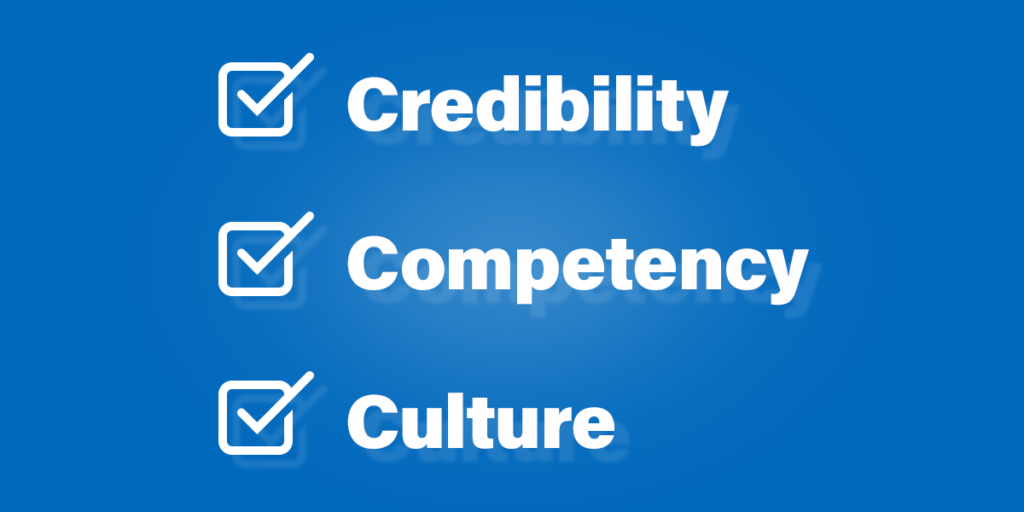Although people have been talking about Customer Experience for almost 20 years now (where does time go?!?) – one of the questions I get asked the most is simply: What is Customer Experience?
Our Definition: Customer Experience is the sum of all interactions a person has with a brand over their lifetime.
It is big. It is everything. We know that Customer Experience impacts satisfaction, loyalty, likelihood to repurchase, likelihood to recommend – all the things that a company cares about. We have also learned that Customer Experience is WAY bigger than customer service or marketing. And a great Customer Experience program understands and solves for that.
There are thousands of interactions that a person can have with a brand over the course of their lifetime. A few examples that we think are super interesting, and often overlooked:
- #EXDrivesCX:
We were working with a large company and helping them to build their Customer Experience strategy. At Chief Customer, we believe that one of the most important components of a Customer Experience strategy is to understand the Voice of your Customer. We always start with deep ethnographic market research. As we were completing that research, we learned something that made perfect sense, but was still startling: one of the main reasons a customer would NOT choose to do business with the company was that they knew someone who worked there. The company had a horrific reputation when it came to how they treated their employees. And it had spread so far and wide that it was impacting whether people chose to buy from them! A perfect example of how #EXDrivesCX – employee experience drives customer experience.
- Your employees ARE your brand – on and off the clock:
We were talking to people in a small-er city for a project about why they would or would not choose to do business with our client. One of the most interesting learnings we had from that work was that we heard loud and clear that the way that our client’s employees treated other people in town had a direct correlation to whether people wanted to do business with the company. Our client was fabulous about decking its employees out in branded garb – but those employees – and their rude behavior, when out and about in the town – had a significant impact on whether people wanted to do business with the client.
- The power of good!
We found a direct correlation to how much good a company does in a community to the likeliness for someone to choose to buy from them. We were asking current customers as a part of a strategy design project why this company was their top choice. The answer that was surprising to us was that many of the customers chose the company simply because the company served the local community. They were at every event. They ran food drives. They sponsored kids’ soccer teams. They were everywhere – giving back. And it made people more likely to choose them again and again.
People have so many different types of interactions with your brand. So, it is key to design a strategy that will influence them all. We have divided how to approach building your Customer Experience strategy into three categories:
Competency
Competency is the actual set of skills that are required to build and execute on a Customer Experience Management (CEM) program. You need a whole new set of skillsets that are often not found in companies. You will need people who understand how to design customer experiences. You will need people who understand how to pattern large data sets to identify unmet needs. You will need people who understand how to communicate to your customers in language that are understandable. These are just a few examples of the new competencies that are required.
Credibility
Credibility is one of the most important categories. Everyone has an opinion about what type of a customer experience they want – because we are all customers. Credibility is so important because it is about weeding out opinions and making decisions based on facts – primarily rooted in Voice of Customer data.
Culture
As we showed you above in our examples – your employees have a dramatic effect on your customers. Culture is key. No Customer Experience program is complete without finding ways to address the changes that need to be made to your culture to support your program and your strategy.
In conclusion, Customer Experience is about everything that you, your company, and your team offers and everything that you do that impacts your customers. Inside and out of the traditional channels that you offer. And to be successful in your customer experience program, you must build a strategy that is unique to your customers and your company. If you would like to learn more then contact us today we are here to help!

